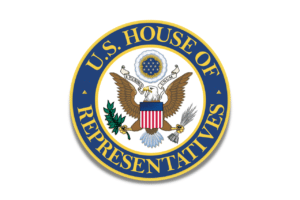HUD published Notice PIH 2019-01, which makes available $5 million for Tenant Protection Vouchers (TPVs) for certain at-risk households in low-vacancy areas from FY 2018 appropriations. The FY 2018 appropriations bill set aside $5 million of the total $85 million for TPV.
HUD will publish an updated list of low-vacancy areas on an annual basis. Each list will be identified by the applicable funding fiscal year and will be effective for one year, from July 1 to June 30. The county where the project is located must be listed in the low-vacancy list in effect as of the date of application submission to be eligible for TPV set-aside funding.
To be considered at-risk one of the following triggering events must have occurred within the last 5 years or be anticipated to occur within 180 of the owner’s submission:
- The maturity of a HUD-insured, HUD-held, or Section 202 loan that would have required the permission of the Secretary prior to loan prepayment. This category includes only properties with the following types of matured mortgages:
- Section 202 direct loan;
- Section 236 insured or HUD-held mortgage;
- Sections 221(d)(3)–(d)(5) Below Market Interest Rate (BMIR) insured or HUD-held mortgage.
- The expiration of affordability restrictions accompanying a mortgage or preservation program administered by the Secretary. This category includes two groups of properties, as follows:
- Properties with matured Section 202 direct loans, Section 236 insured or HUD-held mortgages, or Section 221(d)(3)-(d)(5) BMIR insured or HUD-held mortgages where permission of the Secretary would not have been required prior to mortgage prepayment. To be eligible under this category, the underlying affordability restrictions at the property must have expired with maturity of the mortgage. Note, the distinction in this category is that permission from the Secretary for mortgage prepayment is not required.
- Properties with expired “stand alone” affordability restrictions. This group includes properties that had a HUD-imposed affordability restriction that expired in FY 2018 or in the 5 years prior to the owner’s submission. To be eligible under this category, the project with the expired affordability restriction must not, at the time of the request for assistance, have an active Section 202 direct loan, or an active Section 221(d)(3)-(d)(5) BMIR insured or HUD-held mortgage or Section 236 FHA-insured or HUD-held mortgage. This category includes projects that had a HUD-imposed affordability restriction and may have been financed with a state-insured mortgage. The expired/expiring affordability restriction must be a HUD-imposed affordability restriction that restricted the property to operate as affordable housing to very low, low, and/or moderate income households. This may include, but is not limited to, the Preservation programs under the Title II Emergency Low Income Housing Preservation Act (ELIHPA) and the Low-Income Housing Preservation and Resident Homeownership Act (LIHPRHA), Section 236(e)(2) Decoupling Use Agreement, Section 250 Prepayment Use Agreement, or a Section 219 Prepayment Use Agreement. An Interest Reduction Payments Agreement associated with a state non-insured 236 mortgage also meets the criteria under this category. The expiration of a project affordability restriction imposed by another agency or funder does not meet the criteria under this category.

